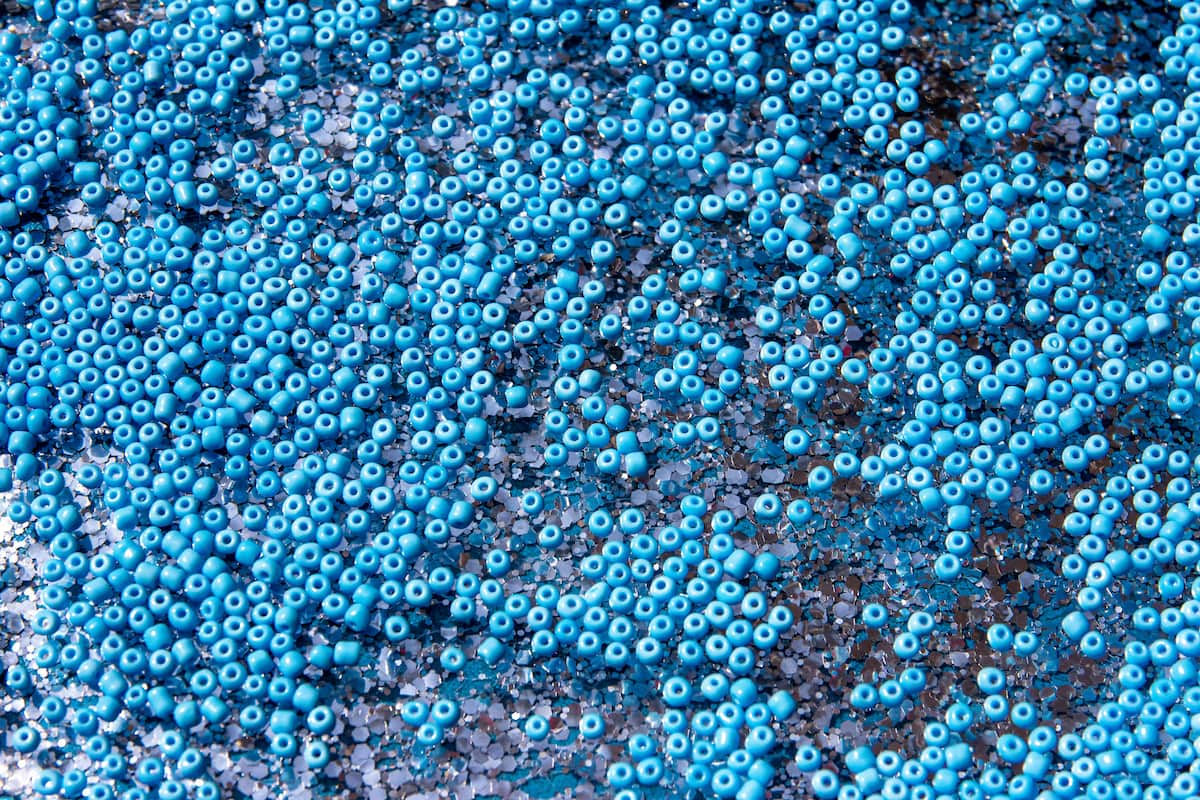Chapter 8 The Blue Bead
“The Blue Bead” is a short story by Norah Burke set in a rural Indian village. The story follows a twelve-year-old girl, Sibia, and her bravery, for which she was ultimately rewarded.
Meet the Author
- Norah Burke was a British fiction and travel writer known for her vivid descriptions of India, often based on her travel experiences.
- Born: August 2 1907
- Place of Birth: Bedford, England
- Died: March 1, 1976
- Best Known for: She was a British fiction and travel writer known for her vivid descriptions of India, often based on her travel experiences.

Share this with your Class
WhatsAppSummary of the Chapter
“The Blue Bead” is set in a rural village in India, and the story follows a twelve-year-old child woman named Sibia. The story starts with descriptions of the setting and mannerisms of a mugger crocodile. The story goes on to describe Sibia and her earth-coloured rags. It describes her life in the village and talks about the hardships of women and the imminent future that Sibia would have to live through as a child-woman in the village.
But Sibia, in all her life from birth to death, was marked for work. Since she could toddle, she had husked corn, and gathered sticks, and put dung to dry, and cooked and weeded, and carried, and fetched water, and cut grass for fodder.
The plot of the story progresses with Sibia, her mother, and other village women travelling through the forest to gather grass for work. They cross a river, and the scene shows laughter and movies of the women that rise above the gushing sound of the water. On their way back, the tired women were silent and quick to cross the river.
Sibia, still tired from the day’s labour, takes a break while crossing a river, and her mother walks forward and away. Along with her on the stepping stones is a Gujar woman. Gujar are also born and brought up in the jungle like her. The woman here was collecting two pots of clean water from the river.
The scene then shifts in tone as the crocodile approaches and attacks the woman. The crocodile tries to pull the woman into the water by her leg, but the woman hangs onto a piece of wood for support. Sibia sprang into action and, without hesitation, aimed the hayfork at the crocodile's eyes. One of the prongs strikes his eyes, and the crocodile convulses and backs away.
But in the daily heroism of the jungle. as common as a thorn tree, Sibia did not hesitate.
She aimed at the reptile's eyes.
With all the force of her little body, she drove the hayfork at the eyes, and one prong went in right while its pair scratched past on the horny cheek.
Sibia tends to the woman’s wounds and helps her go back to the Gujar village. She then comes back to the river for her hayfork, sickle, and heavy load of grass. But on the river bed, she finds a blue bead that is pierced and perfect to make a necklace. Her heart leaps with joy, and she carries her things back home. On the way, she meets her worried mother and tells her about the bead she found.
Norah Burke uses vivid imagery to set the scene. Let us look at them in detail:
Poverty
- Through the entire story the dearth of wealth is shown clearly.
- Sibia cuts her chapati into smaller pieces to make it look like there is enough and more.
- She only owned a rag.
- She was barefoot and toiled daily.
- She could only see sarees that were made of real silver thread and mirrors. But could never buy or own them.

Survival
- The people of the village have a new challenge to face everyday, so does Sibia.
- The crocodile attack and the rescue that followed shows the raw realities of their life. They are struggling due to poverty and at the same time need to safeguard themselves from the dangers of the forest.
Visual Cues
The author provides a lot of visual, auditory and rural imageries, here are a few:
- Mud houses
- Earth coloured rag
- Shrill noisy
- Dust and flies
- Green and magenta sweets
- Blackish brown crocodile
Nature and Village Life
The story interweaves the life of villagers who coexist with nature and the forest.
- There are no bridges, so the ladies have to cross over the river barefoot.
- Nature gives them the food and other supplies at the same time carries life threatening enemies in it.
- The patriarchal structure is in place. The women resort to household chores while men go out to graze the cattles.
- The nomadic life of the villagers are also on display as they set up grass huts near the river.
- They lead a poor and simple life with no material possessions.
- There is ‘daily heroism’ that happens among the villagers as they survive through the rough realities of life and nature.
- The dense forest is also cutting them off from the outside world of modernity.
This is a story that touches upon a lot of serious topics in the most subtle manner. It is written in simple English and the author keeps a lot of regional words and local dialects (ghats, junglis, sari etc).
Share this with your Class
WhatsAppGet Personalized Tuitions
We offer premium education on a personalized level. Online tuition for all grades, tailor-made!

The Blue Bead Questions and Answers
Below are a few questions that you can look out for your examinations and class tests. Stand out with perfectly written answers with help of Aneetta Class.
Sibia defended the woman by swiftly jabbing the crocodile in the eyes with a hayfork. This action was taken to protect the woman from being pulled into the water by the crocodile, as it attempted to drag her by her leg.
Sibia was called the 'child-women' and born to toil because from a very young age, she was burdened with the responsibilities and labour typically associated with adult women in the village. Her life was marked by constant work, from husking corn to cooking, fetching water, and other strenuous tasks, denying her the carefree childhood usually enjoyed by children her age.
The significance of the 'Blue Bead' lies in its representation of unattainable aspirations amidst poverty. In a story where wealth is scarce and daily struggles are evident, the blue bead serves as a symbol of something beyond material possessions. For Sibia, who faces the challenges of poverty daily, the discovery of the blue bead holds more significance than any material possession. This is more important and unattainable than rescuing another's life from a crocodile.